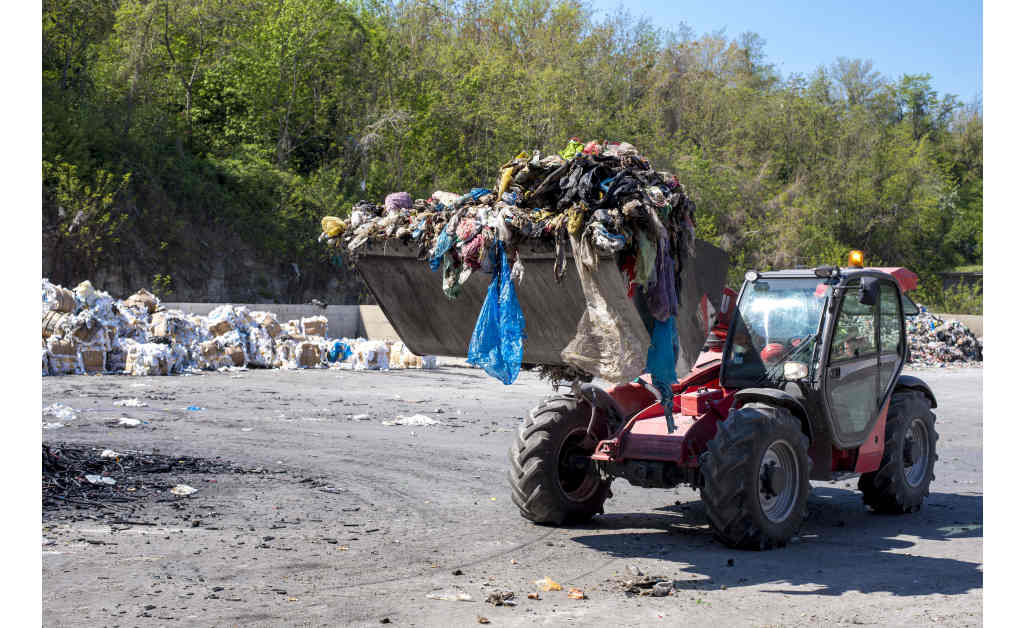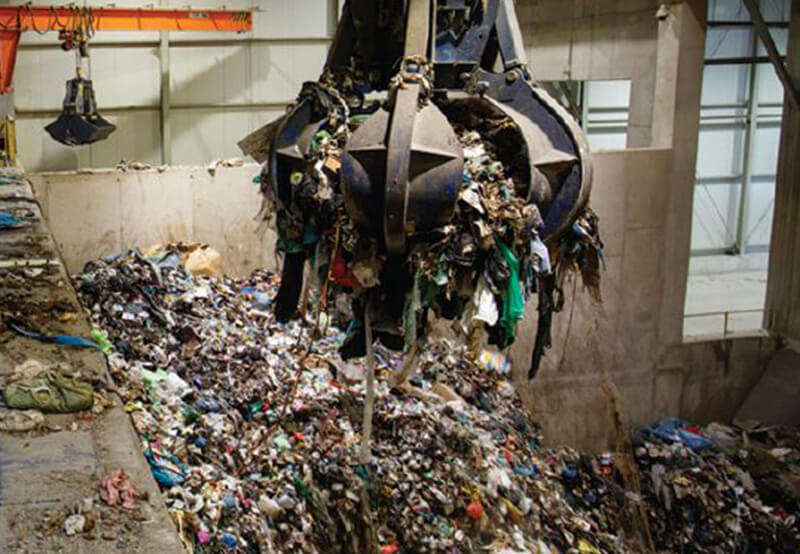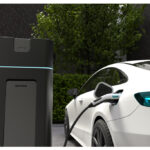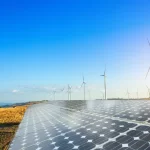Introduction
The world faces an increasing waste crisis in urban centers. The exponential growth in municipal solid waste has population momentum with rapidity in urbanization, industrialization and population growth. The conventional waste disposal mechanism like landfilling and open dumping creates intense environmental risks like contamination of the soil and waterways, emission of greenhouse gases, as well as wastage of valuable acreage. Due to the quest by cities to find lasting ways of managing waste materials, there has been the introduction of Waste-to- Energy (WtE) plants as a viable alternative.

Waste-to-Energy facilities also help in recycling non-recyclable waste products into energy, thus the dependence on landfills is cut and the cities become cleaner. Through production of both electricity and heat, WtE plants provide twofold benefit- efficient waste utilization and electricity. However, understanding how waste to energy works and assessing its environmental and economic impact is crucial for its successful implementation. This article explores the definition of waste to energy, its benefits, challenges, global success stories, and its future potential in urban sustainability.
Definition of Waste-to-Energy
Waste-to-Energy (WtE) is a technology that provides transformation of municipal solid waste (MSW) into usable energy in the form of electricity, heat or fuel. It is a new waste management facility that can assist cities to intelligently manage their waste and at the same time, produce energy.
How Does Waste to Energy Work?
WtE plants are founded on changeover of waste to energy technology. Burning of the waste in high temperatures and steam which will drive the turbines to produce electricity is the most popular. The other modes of deceptions are:
- Gasification: Enhanced temperature, and low oxygen levels are used on the waste and produce syngas that can either be used as a source of electricity, or to produce bio fuels.
- Pyrolysis: Unprocessed garbage is subjected under high temperatures and zero oxygen resulting in formation of bio-oil, syngas and char, which are capable of industrial applications.
- Anaerobic Digestion: It is a process in which organic wastes can be broken down in an oxygen-free atmosphere producing biogas which may be utilized in heating or production of electricity.
Types of Waste Processed
WtE plants mostly process non-recyclable and residual waste which is neither able to be composted nor reused. This includes:
- Household waste (plastics, paper, organic waste)
- Industrial waste
- Medical waste
- Agricultural waste
WtE solutions enable cities to resolve their environmental impact issues by transforming those waste products into energy signaling an overall increase in the efficiency of waste management itself.
Twin Benefits of WtE Plants
Waste Reduction
One of the primary benefits of waste to energy plants is their ability to significantly reduce the volume of waste that ends up in landfills. Land fill uses valuable land besides releasing toxic gases like methane, which is a potent greenhouse gas. WtE plants are beneficial in alleviating these setbacks by utilizing waste to generate energy, potentially eliminating landfill usage by 90 percent.
- Reduction of landfill expansion: With decreasing available space, landfills are becoming unsustainable. WtE plants offer an alternative that extends landfill lifespan.
- Lower pollution levels: The conventional methods of waste disposal are the cause of leachate and toxic gases. Pollutants are also reduced to the minimum in WtE plants in case they have modern filtration systems.
- Efficient waste handling: By diverting waste from landfills, WtE plants ease the burden on municipal waste collection and management systems.
Energy Generation
WtE plants contribute significantly to renewable energy production. The energy generated can be utilized for electricity generation, district heating, and even as an alternative fuel source for industrial processes.
- Electricity Production: WtE facilities supply power to local grids, reducing dependency on fossil fuels.
- Heat Recovery: Many WtE plants utilize cogeneration, where both electricity and heat are produced for urban heating solutions.
- Biofuels Production: Processes like gasification and anaerobic digestion result in biofuels that can replace conventional energy sources.
By turning waste into a resource, WtE plants play a crucial role in energy sustainability and urban resilience.
Challenges and Considerations
Despite their advantages, WtE plants face several challenges:
Waste to Energy Environmental Impact
- Air Pollution: Incineration may emit carbon dioxide, dioxins, and other impurities. But newer emission reduction technologies such as scrubbers and filters can reduce these emissions.
- Resource Consumption: Certain WtE processes have high water and energy demands, and this calls into question general sustainability.
- Ash Disposal: The incineration residual ash needs to be disposed of safely since it could have heavy metals present.
Economic and Technological Constraints
- High Initial Costs: Setting up WtE plants requires large initial investment in infrastructure and therefore is a costly choice for most municipalities.
- Public Attitude: Air pollution and health concerns have resulted in resistance to WtE projects in certain communities.
- Waste Composition Issues: The efficiency of WtE facilities is a matter of what waste is being processed. Low calorific waste has the potential to reduce energy production efficiency.
Global Success Stories
Some nations have successfully incorporated WtE solutions into their waste management policies:
- Sweden: Nearly 50% of Sweden’s waste is converted into energy, and the country even imports waste from other nations to fuel its WtE plants.
- Singapore: The country has invested in WtE technology to utilize its limited landfill space efficiently and produce electricity from waste incineration.
- Germany: With its strong waste sorting facility and WtE capacity, Germany has reduced landfill waste and increased energy recovery.
- Japan: New advanced gasification and incineration facilities have assisted Japan in minimizing waste volumes while keeping stringent environmental laws intact.
These case studies demonstrate the efficiency of WtE solutions to address urban waste management challenges in the world.
Future of WtE Plants
The future of WtE technology looks promising with several advancements in the pipeline:
- Enhanced Emission Controls: Innovations in air pollution control will make WtE plants even more environmentally friendly.
- Increased Efficiency: Developments in gasification and pyrolysis are improving energy yield from waste.
- Integration with Renewable Energy Sources: WtE plants are being combined with solar and wind energy to create hybrid energy solutions.
- AI and Smart Waste Management: Artificial intelligence is optimizing waste sorting and processing, making WtE operations more efficient.
As cities move towards circular economies, WtE plants will play an integral role in sustainable urban planning and energy production.
Conclusion
Waste-to-Energy plants are revolutionary solutions to the waste management of the urban areas as they solve both the accretion of the waste problem and produce useful energy. By understanding how waste to energy work and implementing effective waste to energy solutions, cities can significantly reduce their landfill dependency and environmental footprint. The benefits of waste to energy, including efficient waste reduction and renewable energy production, make it a viable alternative to traditional waste disposal methods.
The process of WtE nevertheless has its challenges based around issues of environmental impact, economic expense, and the perception of citizens but with new advances in the technology of this process it is becoming more economical and cleaner. As the product of decades of innovation combined with successful worldwide precedent, WtE plants are here to stay and form a solid basis of a sustainable strategy to manage urban waste, making our cities cleaner and more energy efficient in the long-term.
Frequently Asked Questions (FAQs)
WtE is a process that converts non-recyclable waste into usable energy like electricity, heat, or fuel.
WtE plants use incineration, gasification, pyrolysis, or anaerobic digestion to convert waste into energy.
It reduces landfill dependency, lowers pollution, and generates renewable energy.
With advanced emission controls, WtE plants can minimize air pollution and maximize energy efficiency.
High initial costs, air pollution concerns, and public perception issues remain key challenges.












